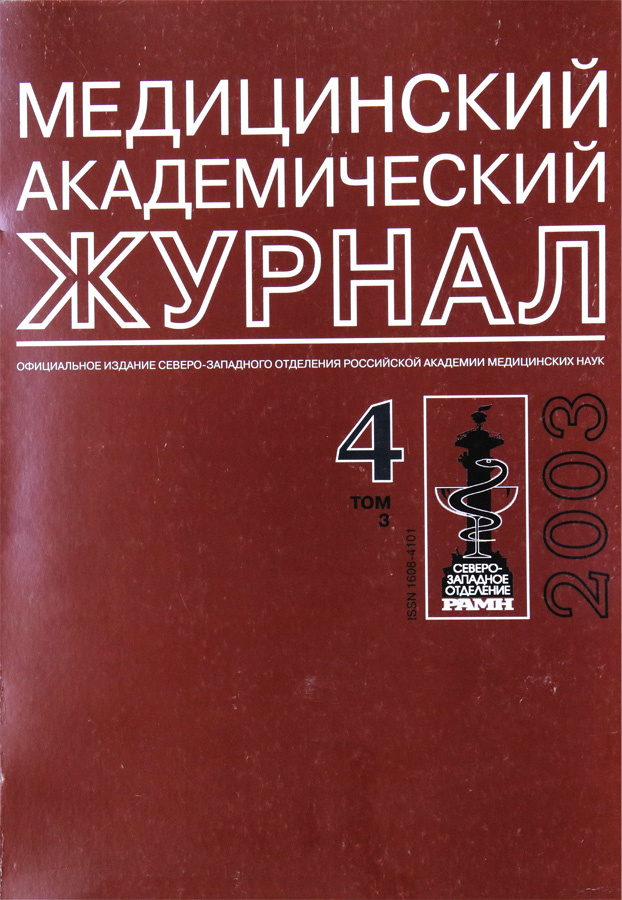Influence of sucrose and saccharin on primary-reinforcing effect of ethanol in DBA/2 mice
- Authors: Tsoy M.V.1, Patkina N.A.1
-
Affiliations:
- I. P. Pavlov State Medical University
- Issue: Vol 3, No 4 (2003)
- Pages: 35-40
- Section: Basis medicine
- Published: 25.11.2003
- URL: https://journals.eco-vector.com/MAJ/article/view/693768
- ID: 693768
Cite item
Abstract
The primary reinforcing properties of ethanol using intravenous self-administration technique have been studied in drug-naive DBA/2 mice, known as alcohol-avoiding strain. The optimal ethanol concentration produced the maximal operant output is 2% v/v. Suppression of ethanol self-administration after 0,1% saccharin or 30% sucrose intake demonstrates the role of sweet substances as alternative non-drug reinforcers.
Keywords
About the authors
M. V. Tsoy
I. P. Pavlov State Medical University
Author for correspondence.
Email: shabanov@mail.rcom.ru
Russian Federation, St. Petersburg, 197089
N. A. Patkina
I. P. Pavlov State Medical University
Email: shabanov@mail.rcom.ru
Russian Federation, St. Petersburg, 197089
References
- Bachmanov A. A., Reed D. R., Tordoff M. G., Price R. A., Beachamp G. K. Intake of ethanol, sodium chloride, sucrose, citric acid and quinine hydrochloride solutions by mice: a genetic ana-lysis // Behavior. Genetics. 1996. Vol. 26. P. 563-573.
- Belknap J. K., Crabbe J. C., Young E. R. Voluntary consumption of ethanol in 15 inbred mouse strains // Psychopharmacol. 1993. Vol. 112. P. 503-510.
- Bergmann E., Lieblich I., Cohen E., Ganchrow J. R. Influence on intake of sweet solutions on the analgesic effect of a low dose of morphine in randomly bred rats // Behavioral and Neural Biology. 1985. Vol. 44. P. 347-353.
- Brown R. V. and Hutcheson D. P. Nutrition and alcohol consumption in Sinclair miniature pig // Quarterly Jour. of Studies on Alcohol. 1973. Vol. 34. P. 758-763.
- Carroll M. E. Concurrent phencyclidine and saccharin access: presentation of an alternative reinforcer reduces drug intake // J. Exp. Anal. Behav. 1985. Vol. 43. P. 131-144.
- Carroll M. E., Lac S. T., Nygaard S. L. A concurrently available nondrug reinforcer prevents the aquisition or reduces the maintenance of cocainereinforced behavior // Psychopharmacol. 1989. Vol. 97. P. 23-29.
- Forsander O. A., Sinclair J. D. Protein, carbohydrate and ethanol consumption: interaction in AA and ANA rats // Alcohol. 1988. Vol. 5. P. 233-238.
- Froehlich J. C, Li T.-K. Opioid involvement in alcohol drinking. Annals of the New York Academy of Sciences. 1994. Vol. 739. P. 156-167.
- George F. R. Genetic and environmental factors in ethanol self-administration // Pharm. Biochem. Behav. 1987. Vol. 27. P. 379-384.
- Gosnell B. A., Krahn D. D. The relationship between saccharin and alcohol intake in rats // Alcohol. 1992. Vol. 9. P. 203-206.
- Grahame N. J., Cunningham C. L. Intravenous ethanol self-administration in C57BL/6J and DBA/2J mice // Alcohol. Clin. Exp. Res. Feb. 1997. Vol. 21(1). P. 56-62.
- Kampov-Polevoy A. B., Kasheffskaya О. P. and Sinclair J. D. Initial acceptance of ethanol: gustatory factors and patterns of alcohol drinking // Alcohol. 1990. Vol. 7. P. 83-85.
- Kampov-Polevoy A. B., Overstreet D. H., Rezvani A. H. and Janowsky D. S. Supression of ethanol intake in alcohol-preferring rats by prior voluntary saccharin consumption // Pharm. Biochem. Behav. 1995. Vol. 52. P. 59-64.
- Kampov-Polevoy A. B., Garbutt J. C. and Janowsky D. S. Evidence of preference for a higher concentration sucrose solution in alcoholic and nonalcoholic men // Am. Jour. of Psychiatry. 1997. Vol. 154. P. 269-270.
- Kampov-Polevoy A. B., Tzoi M., Zvartau E. E., Neznanov N. G., Khalitov E. Sweet liking and family history of alcoholism in hospitalized alcoholic and non-alcoholic patients // Alcohol and Alcoholism. 2001. Vol. 36. № 2. P. 165-170.
- Kuzmin A. V., Semenova S. G., Ramsey N., Zvartau E. E., Van Ree J. Modulation of cocaine intravenous self-administration in drug naive animals by dihydropiridine calcium channel modulators // Eur. J. Neuropsychopharmacol. 1996. Vol. 295 (1) P. 19-25.
- Kuzmin A. V., Semenova S. G., Zvartau E. E., Van Ree J. Enhancement of morphine self-administration in drug naive, inbred strains of mice by acute emotional stress // Eur. J. Neuropsychopharmacol. 1996. Vol. 296 (1). P. 63-68.
- Overstreet D. H., Kampov-Polevoy A. B., Rezvani A. H. et al. Saccharin intake predicts ethanol intake in genetically heterogeneous rats as well as different rat strains // Alcohol: Clin. Exp. Res. 1993. Vol. 17. P. 366-369.
- Pekkanen L., Eriksson K. and Sihvonen M. L. Dietary induced changes in voluntary alcohol consumption and ethanol metabolism in rats // British Jour. of Nutrition. 1978. Vol. 40. P. 103-113.
- Stewart R. B., Russel R. N., Lumeng L., Li T.-K. and Murphy L. M. Consumption of sweet, salty, sour and bitter solutions by selectively bred alcohol-preferring and alcohol-nonpreferring lines of rats // Alcoholism: Clin. and Exp. Res. 1994. Vol. 21 (Suppl. 3). 16A.
- Yung L., Gordis E. and Holt J. Dietary choices and likelihood of abstinence in an out patient clinic // Drug and Alcohol Dependence. 1983. Vol. 12. P. 355-362.
Supplementary files






